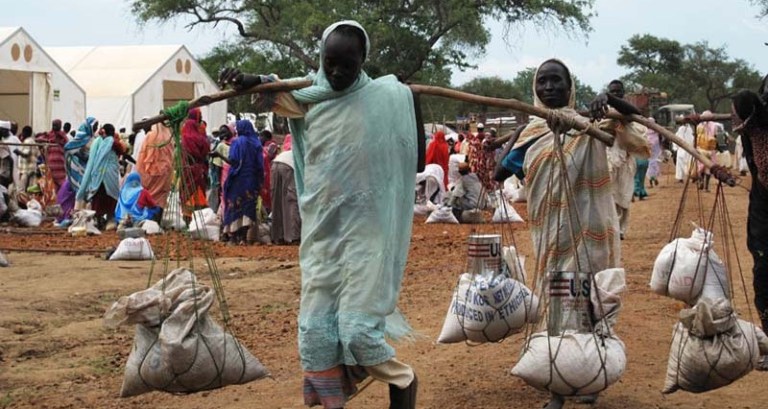200,000 S. Sudanese refugees expected in Sudan in 2018: UN
February 18, 2018 (KHARTOUM) – About 200,000 South Sudanese refugees are expected in Sudan in 2018, the United Nations Office for the Coordination of Humanitarian Affairs (OCHA) said in a report.

“Continued fighting, limited humanitarian assistance and extreme levels of food insecurity are forcing citizens of South Sudan to seek refuge, safety and access to food and basic services in neighbouring countries,” OCHA said in its bi-weekly bulletin.
The humanitarian agency, said as the South Sudanese refugee response enters its fifth year, there is a need to move beyond just emergency response, and focus on longer-term solutions that will strengthen resilience and allow the refugees to become more self-reliant.
“Camp-based assistance will continue to be provided in established camps, with a move towards more durable infrastructure,” it said.
Greater emphasis, it stressed, will be placed on addressing refugee needs in out-of-camp locations, with a view to expand community-based assistance to support host communities and ensure refugees are able to continue living outside of camps if they choose.
One of the main objectives of the RRRP focus on maintaining an emergency response capacity to ensure immediate protection responses and address the urgent needs of new arrivals in 2018.
According to the UN humanitarian office, the government of Sudan maintains an open border policy for refugees, ensuring unfettered access, immediate protection and safety within Sudan’s borders.
The 2018 response strategy, it stressed, focuses on assistance for new arrivals, while at the same time addressing ongoing needs of the existing refugee caseload, including those in out-of-camp locations.
The South Sudanese conflict, now in its fifth year, has killed tens of thousands of people and displaced over 2 million people since its outbreak in December 2013.
(ST)
